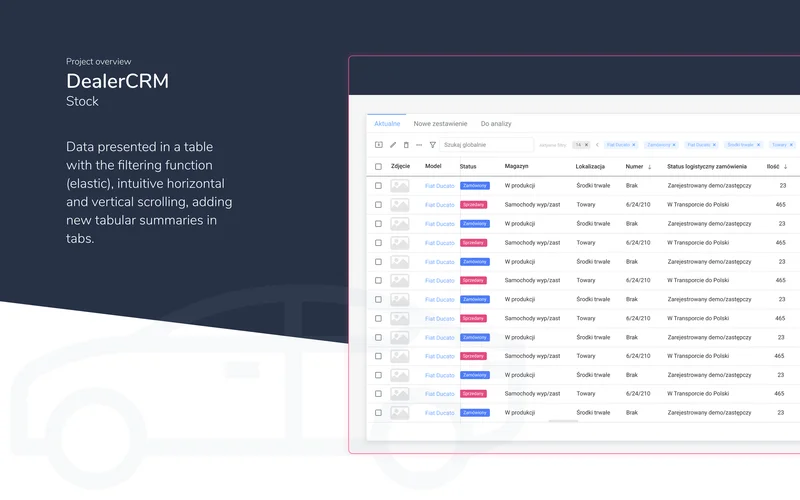Salesforce just put a number on the board. A very big number.
Standing before a room of analysts and investors at its Dreamforce conference, the company laid out a target that felt less like a forecast and more like a declaration of war against doubt: over $60 billion in revenue by fiscal year 2030. You could almost hear the collective intake of breath. For a company whose stock has been battered this year, this wasn't just guidance; it was a defiant roar, an attempt to anchor the narrative firmly in a distant, prosperous future, far away from the turbulence of 2025.
The market’s reaction was a modest 3.6% after-hours pop. A polite nod, not a standing ovation. This tells you everything. Wall Street heard the headline number, but now it’s doing the math. And so are we. The core question isn't whether Salesforce can hit $60 billion. The question is what the path there looks like, and whether the engine they're building—powered by AI—can truly propel a vessel of this size at the required velocity.
Deconstructing the Target
Let’s be precise about what Salesforce is proposing. The $60 billion target implies an organic compounded annual growth rate (CAGR) of over 10% from fiscal 2026 through 2030. For a company already at massive scale, that’s a significant and sustained acceleration. It’s a promise to not just grow, but to fight off the gravitational pull of market saturation that inevitably affects giants.
To add a layer of financial discipline to this growth story, management also unveiled its “50 by FY30” framework. This is a modified version of the SaaS industry’s well-known “Rule of 40” (a framework where a company's revenue growth rate plus its profit margin should exceed 40%). Salesforce is aiming for the sum of its constant currency growth rate and its non-GAAP operating margin to reach 50. It’s an elegant way of signaling that this won’t be growth at any cost. They are promising profitable, efficient expansion.
On paper, it’s a compelling narrative. It addresses the two primary concerns investors might have: Can you still grow? And can you do it profitably? But a framework is just a set of guardrails. It doesn't power the vehicle. For that, everyone is looking at one thing: AI.

The AI Engine and Its Unanswered Questions
The numbers presented for Salesforce's AI and data business are, on the surface, spectacular. The division’s annual recurring revenue (ARR) surpassed $1.2 billion in the second quarter, a jump of 120% year-over-year. The company’s platform for autonomous agents, Agentforce, has reached an ARR of approximately $440 million and signed up over 12,000 customers. CEO Marc Benioff called it their "fastest-growing organic product ever."
These are the figures meant to convince you that the 10%+ CAGR is not only possible but probable. But this is the part of the report that I find genuinely puzzling. Growth rates for new products off a low base are always impressive. It’s the law of small numbers. The critical, unanswered question is how this new revenue stream interacts with the company’s colossal legacy business.
Salesforce's AI push is like bolting a state-of-the-art jet engine onto the side of a massive container ship. The engine itself is a marvel of engineering, and when you fire it up, it makes a deafening roar and produces incredible thrust. But does it actually change the trajectory of the entire ship, or does it just create a lot of noise and spray while the vessel’s immense inertia keeps it plowing along its original course?
We have anecdotal evidence of success, with big names like Dell, FedEx, and PepsiCo signing on. But we also have cautionary notes, like the one from Mar Vista Investment Partners, which highlighted concerns that agentic AI could end up cannibalizing existing Service Cloud seats. This is the central risk. Is every dollar of Agentforce ARR a new, incremental dollar? Or is some portion of it simply a transfer from an older, perhaps more profitable, product line as customers reallocate their budgets to the shiny new thing? The company’s presentation, unsurprisingly, didn't provide a clear answer. The narrative is always "accretive," but the reality on the ground is often far messier.
The stock’s performance provides the most telling context. Shares are down significantly this year—to be more exact, 29.24% year-to-date as of the announcement. The stock is trading a staggering 34% below its January peak. This isn't a company negotiating from a position of strength. This is a company trying to convince a skeptical market that Salesforce's Recovery Potential Is Stretching Like A Spring (NYSE:CRM). The $10 billion in organic R&D spending since the start of fiscal 2024 is the down payment on that promise. Now, investors are waiting to see the return.
A Projection, Not a Promise
Let’s call the $60 billion target what it is: a strategic anchor. It’s a well-crafted piece of financial communication designed to force analysts to update their models and to shift the conversation from a difficult 2025 to a hypothetical 2030. It’s a necessary move, but it remains a projection, not a promise. The underlying AI metrics are strong but lack the context needed for a full verdict on their long-term impact. The market's tepid response suggests it sees this the same way—as an ambitious goal that now requires years of flawless execution to become reality. The applause at Dreamforce was for the vision; the real rewards will only come from the data.


